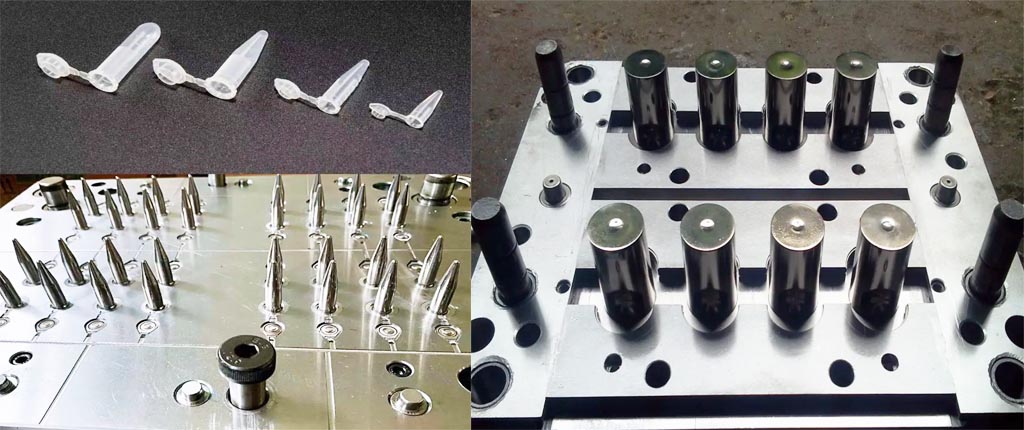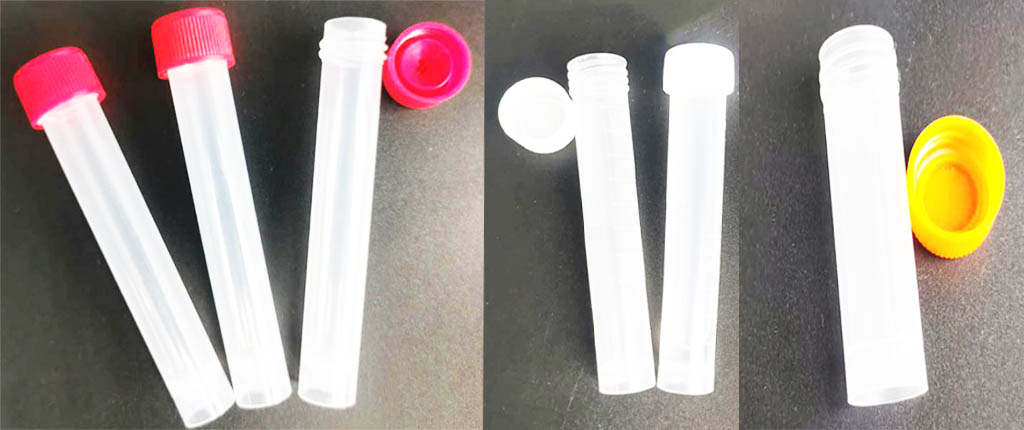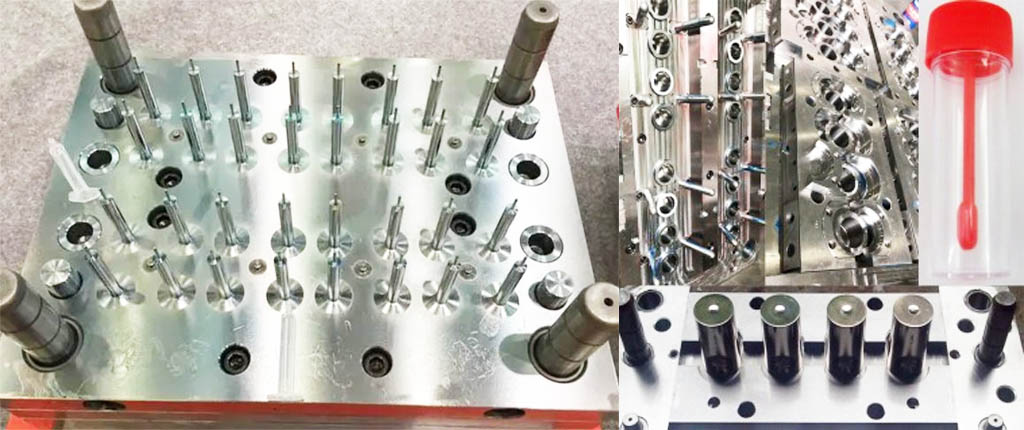How to achieve medical precision mold? Medical precision molds play a critical role in the production of life-saving devices and equipment, making precision and quality non-negotiable factors in their manufacturing process. In this blog, we’ll delve into the essential steps and techniques to achieve medical precision mold excellence. Whether you’re a seasoned professional or new to the field, these insights will help you take your medical mold manufacturing to the next level.

Table of Contents
ToggleHow to achieve medical precision mold
1. Choose High-Quality Medical Mold Materials
The foundation of any precise medical mold begins with the selection of high-quality materials. Opt for materials that offer superior durability, resistance to wear, and dimensional stability. Materials like hardened steel or advanced ceramics are often preferred for medical applications due to their excellent mechanical properties.
2. Embrace Advanced Design Software
Utilize advanced computer-aided design (CAD) and computer-aided manufacturing (CAM) software to create intricate and precise mold designs. These tools allow for complex geometry and help minimize errors in the design phase, saving time and resources.
3. Focus on Tolerances of medical precision mold
Precision in medical molds is all about meeting tight tolerances. Ensure that your mold design and machining processes are optimized to meet the exacting specifications required for medical devices. This includes maintaining tight tolerances for dimensions, surface finish, and concentricity.
4. Employ High-Precision Machining
Invest in high-precision machining equipment and techniques to bring your mold design to life. CNC machining, electrical discharge machining (EDM), and wire EDM are all invaluable tools for achieving the level of precision demanded by medical molds.
5. Rigorous Quality Control
Implement a robust quality control process throughout mold manufacturing. This should include regular inspections, measurements, and quality checks to ensure that the mold conforms to specifications at every stage of production.
6. Surface Treatment and Finishing
Pay meticulous attention to the surface finish of your medical molds. A high-quality surface finish not only enhances the mold’s appearance but also reduces friction and wear, contributing to the longevity of the mold.
7. Documentation and Traceability
Maintain comprehensive documentation of the entire manufacturing process, from initial design to final production. This documentation not only aids in quality control but also provides traceability, a crucial aspect in the medical industry.
8. Continuous Improvement
Embrace a culture of continuous improvement. Regularly assess your manufacturing processes and seek ways to enhance efficiency, reduce waste, and further elevate the precision of your medical molds.

How to achieve the mirror effect of the medical mold
The appearance requirements of medical molds are relatively high. In addition to the absence of microcosm, trapped air, and strain, the smoothness must be very high. How to achieve the mirror effect of the mold? Polishing is needed to achieve such an effect.
Mold polishing has two purposes; one is to increase the smoothness of the mold, so that the quality of the mold can be improved.
The surface of the product is smooth, beautiful and beautiful, and the other is that the mold can be easily demolded, so that the plastic will not be stuck on the mold and cannot be taken off. Mold polishing is generally the process of using oilstone, sandpaper, polishing paste, etc. to polish the cavity surface of the mold, so that the working surface of the mold can be as bright as a mirror, which is called mold polishing.
Don’t use the finest whetstone, sandpaper, and polishing paste at the beginning of medical mold polishing, as that will not throw away the coarse texture. The live surface polished in that way looks bright, but the side-photograph shows the rough texture. Therefore, it is necessary to first polish with a coarse whetstone, sandpaper or grinding and polishing paste, then change to a finer whetstone, sandpaper or grinding and polishing paste, and finally polish with the finest grinding and polishing paste. This seems to be more troublesome and has many processes. In fact, it is not slow. One process after another, the rough processing lines in front are polished off, and then the following process is carried out, without rework, and the smoothness of the mold can be made to meet the requirements of mold polishing after one step. The surface of the machined mold cavity is roughly ground with the oil stone, and the knife marks of the machined tools are removed, and then the coarse oil stone is polished with a fine oil stone to achieve the marks, and then the surface polished by the fine oil stone is polished with fine sandpaper. Grinding, and finally use polishing paste or abrasive paste to perform final finishing on the cavity surface of the mold
Polished, and finally achieved a bright mirror-like effect. This is the general process of polishing medical molds. Of course, if possible, you can use an ultrasonic polisher to polish the mold, which is more efficient. People are also more economical.
Achieving precision in medical molds is a combination of selecting the right materials, using advanced design and machining techniques, adhering to tight tolerances, and implementing rigorous quality control. By following these steps and continually seeking ways to improve, you can create medical precision molds that meet the highest standards of quality and reliability, ultimately contributing to the advancement of healthcare technology and patient well-being.


